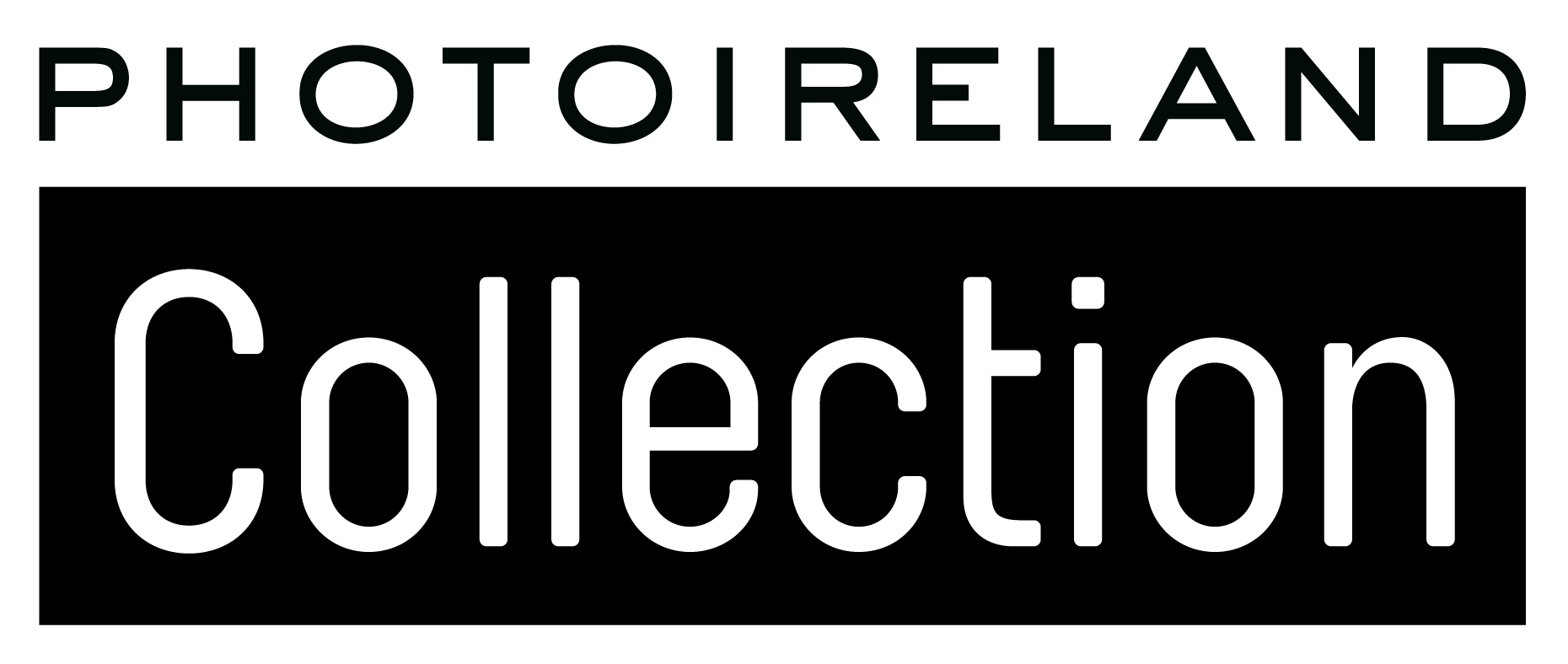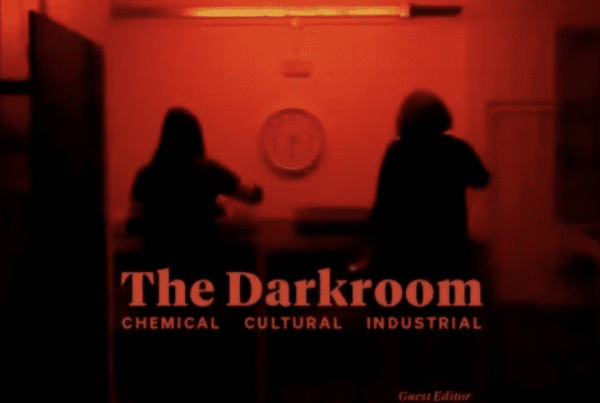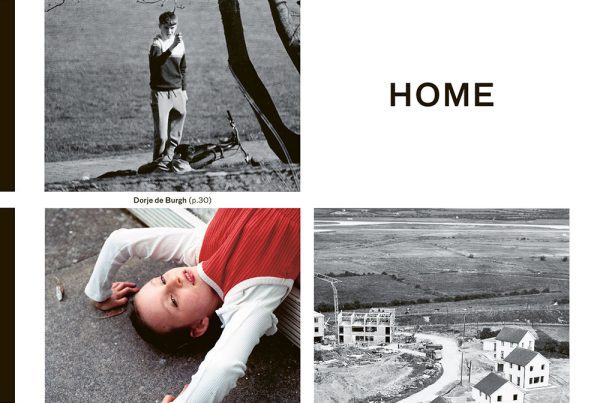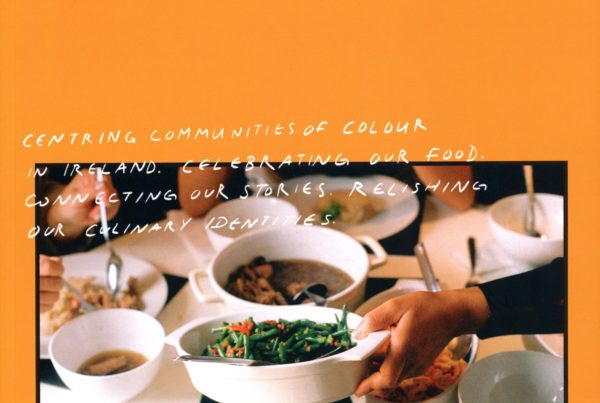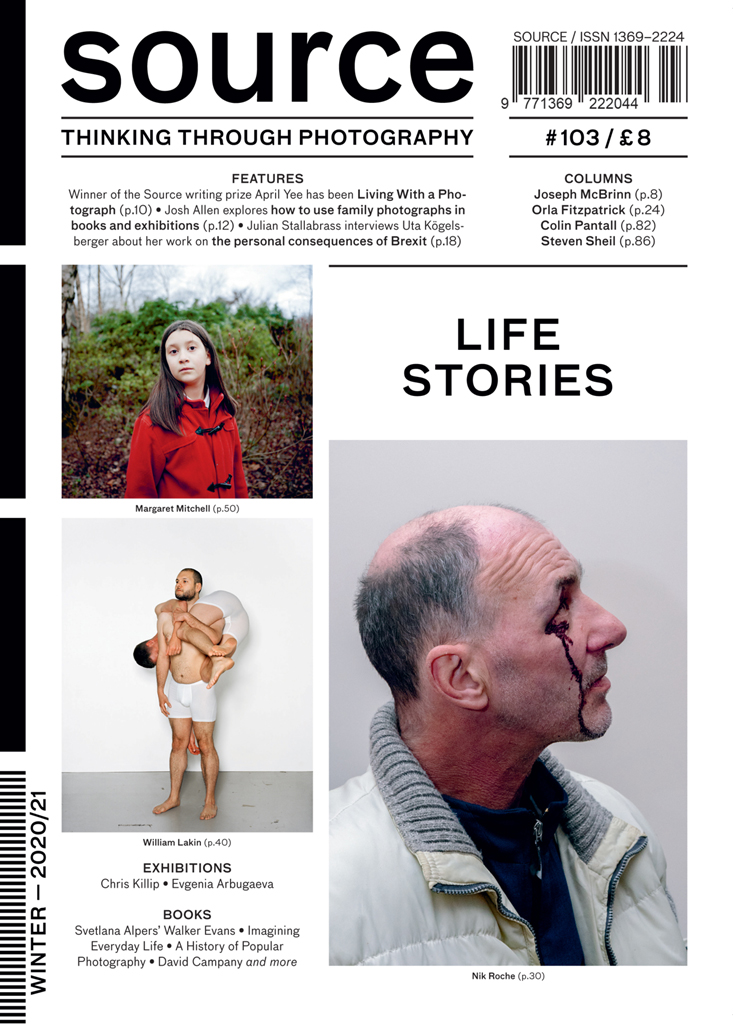
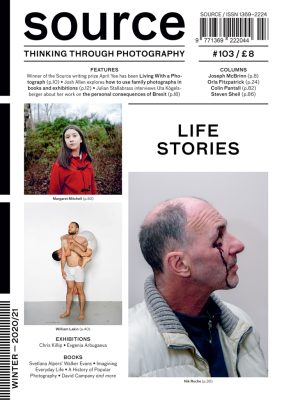 Source
Source
Winter 2020: Issue 103
Self-Published
English
Edited by John Duncan and Richard West.
Softcover
86 pages
310 x 220 mm
2020
ISSN 13692224
Photographs are associated with the momentary and the fleeting but they are often most meaningful to us when they are placed in the context of a life. Achieving a ‘narrative’, a word often used loosely in relation to photographs, is seen as a mark of sophistication, but it is the most basic role of a family album, a book that is typically experienced with a skilled narrator. Family photographs now frequently appear in exhibitions and books removed from their original function. Josh Allen has spoken to the organisers of three projects about the reason they have been collecting family photographs and how they have tried to honour the original life stories that they tell.
While a family album typically concerns a private side of a person, their life can also be drawn inescapably into events that effect everyone. Uta Kögelsberger, in her project Uncertain Subjects, has been trying to show the personal consequences of Brexit. She discusses with the writer Julian Stallabrass how she has returned the intimate consequences of a politcal crisis back into the public sphere.
Nik Roche’s work emerged from his own childhood memories and lived experience. It evolved through a series of chance encounters and relies on mutual trust and understanding within a closely self-guarded community. The film maker Penny Woolcock who spent time in similar worlds to Roche during the making of films like On The Streets introduces the work. She says, “In our times there’s a weary cynicism and we can only be grateful to those who continue venturing into the places that frighten or appall us and show them to us in surprising ways”.
William Lakin’s series Five Minutes After Birth looks at how gender stereotypes shape men’s self-definition. The work draws on interviews in which the subjects attempt to articulate what it means to be a man. The pictures show arenas which are associated with masculine prowess, from the grill to the workplace, and activities that allow the demonstration of manliness, like drinking and working out. But these effortful rituals, rather than supporting an identity seem to be suppressing an anxiety about it. Edwin Coomasaru, who is currently researching a project on masculinity and apocalypticism in British art, introduces the project.
For our archive portfolio we are publishing a selection of material by Margaret Mitchell. Returning to Scotland in the 1990s Mitchell produced a series of portraits in Raploch, Stirling that includes some of her own family, some neighbours and some locals. The family provided a focus for three subsequent projects in which Mitchell wanted to ‘push back against presenting one-dimensional life stories’. Equally important in Mitchell’s practice have been a number of community based projects made in Scotland and abroad with themes of childhood, youth, place and belonging. For Mitchell, a camera affords a privilege in letting you “enter into people’s lives, people worlds, sometimes briefly, sometimes long-term”.
(source: https://www.source.ie/archive/issue103/is103editorial.php)
About the Magazine
Source is a quarterly photography magazine, available in print and as a digital edition, published in Belfast, Northern Ireland. They publish emerging photographic work and engage with the latest in contemporary photography through news, thoughtful features and reviews of the latest exhibitions and books from Ireland and the UK. Their website brings together an archive of writing and pictures from the magazine alongside current features.
source.ie
(source: https://www.source.ie/main/about.php)
